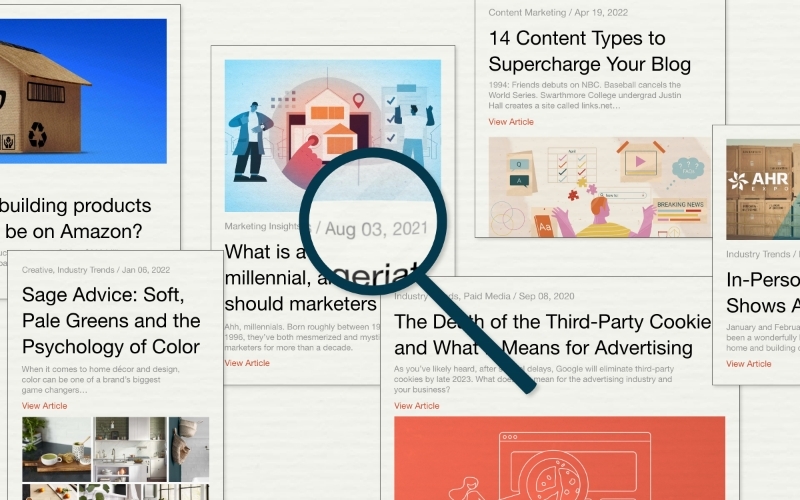Content Marketing

Whether you call it sales enablement or sales support, aligning the goals of your organization’s sales and marketing teams is essential to driving meaningful sales results.
Customers are as busy as the sales team, so brands must give them a good reason to share their attention. That means not always selling and becoming a knowledgeable resource that can provide insights, solve problems and deliver educational materials to assist them in their jobs.
If you’ve already developed a robust content marketing program, it’s time to expand it to support your brand’s sales team.
Here are eight tips for developing a successful sales enablement program:
1. Embed the sales team in your content topic development process.
No one knows customer pain points and preferences better than the sales team. Set up recurring calls with sales team members to understand how they interact with customers. Are they meeting in person? Talking by phone or video chat? Or is texting their preferred mode of communication? Use these calls to glean insights into customer needs and sales team knowledge gaps. Listen and ask probing questions. Let the sales team know their insights will directly influence the sales support assets marketing will create.
2. Talk to everyone who has contact with customers.
Don’t limit insights calls to the sales team. Talk to everyone who has regular contact with customers, such as the technical service team, customer service agents, design consultants, service and repair technicians, and engineering team members. What are the common questions they hear? What do they wish they had on hand to help provide answers? Do they have training gaps that need to be filled? What questions do sales team members ask of technical teams?
3. Iterate content formats for a single topic.
Creating content assets isn’t a one-and-done game. Derivative content is efficient and audience-centric: Some customers prefer a long-form article, while others need something visual, such as a video or an infographic. You don’t have to choose one over the other — they can work together. Creating multiple content assets for a single topic is not duplicative; you’re meeting customers where they are.
4. Create, update, optimize, repeat — no content asset is ever complete.
After your content assets have been out in the wild for a while, you will likely receive new questions related to the topic, and sales team members may notice modifications that could make them more effective. Could this chart be a side-by-side product comparison visual for use on social media? Would this section of a case study be better used as a one-sheet? As with most aspects of digital marketing, test and repeat is the name of the game.


